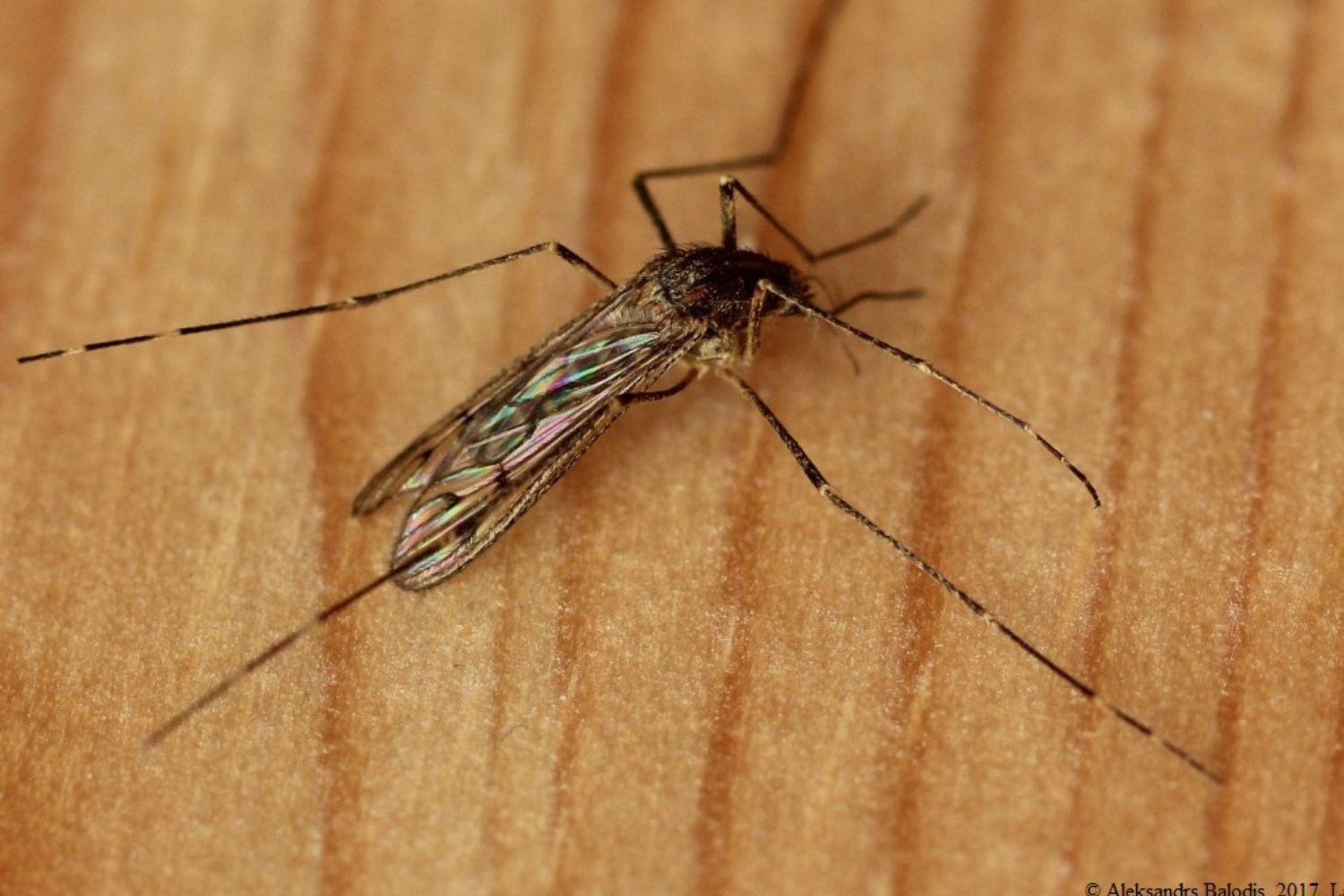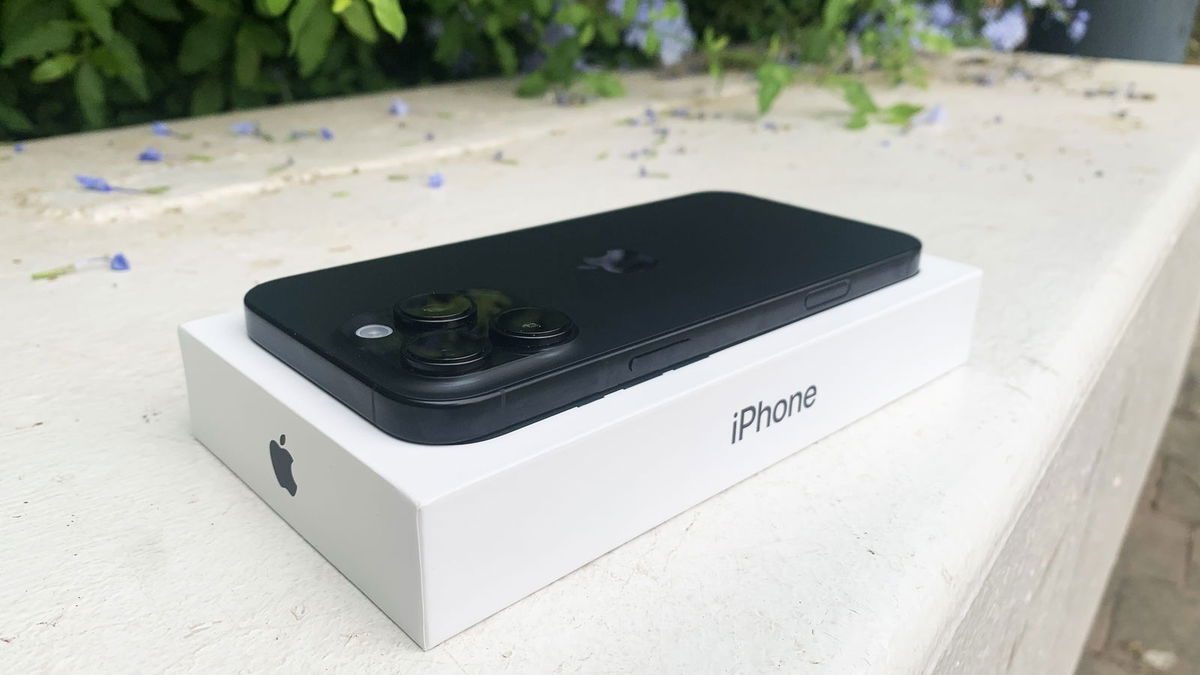Researchers from Tomsk Polytechnic University (TPU) have created magnetoelectric nanostructures based on biocompatible materials that can be used in biomedicine. The development paper was published in the journal Nano-Micro Small.
Previously, such structures were developed in Russia only for use in electronics. Heterostructures synthesized by the hydrothermal method are formed according to the “core-shell” type: it combines two materials that differ in crystal structure and chemical composition.
The core consists of manganese ferrite that can be stretched, compressed, bent in an external magnetic field. It is covered with a modified barium titanate shell, which creates an electric potential under the action of deformation of a magnetic field. The modification consisted of partially replacing barium ions with calcium ions and titanium ions with zirconium ions. This made it possible to increase the efficiency of nanostructures exponentially.
Manganese ferrite is non-toxic and is a radiopaque substance: using tomography you can track its distribution and accumulation in the body. All this made the nanostructure biocompatible and easily integrated into the patient’s body.
One of the researchers, Associate Professor Roman Chernozem from the TPU Chemical and Biomedical Technologies Research School, explains that under the influence of an external magnetic field, it is possible to redistribute the surface charge to the shell, that is, to change the polarization. The magnetoelectric effect produced leads to the release of the drug present on the surface of the nanostructure.
His colleague Professor Roman Surmenev, in addition, states that electrical stimuli of this effect allow you to “start” the necessary chemical and biochemical reactions – for example, to stimulate the restoration of bone and nervous tissues or lead to the death of cancer cells. In addition, according to the scientist, they can be effective in cleaning pollutants from bodies of water: the charged material in the water leads to the formation of reactive oxygen species, which are toxic to organics – bacteria, viruses, dyes.
Now researchers are testing nanostructures on biological models and cell lines to select the optimal conditions for their application.
Source: Ferra
I am a professional journalist and content creator with extensive experience writing for news websites. I currently work as an author at Gadget Onus, where I specialize in covering hot news topics. My written pieces have been published on some of the biggest media outlets around the world, including The Guardian and BBC News.











